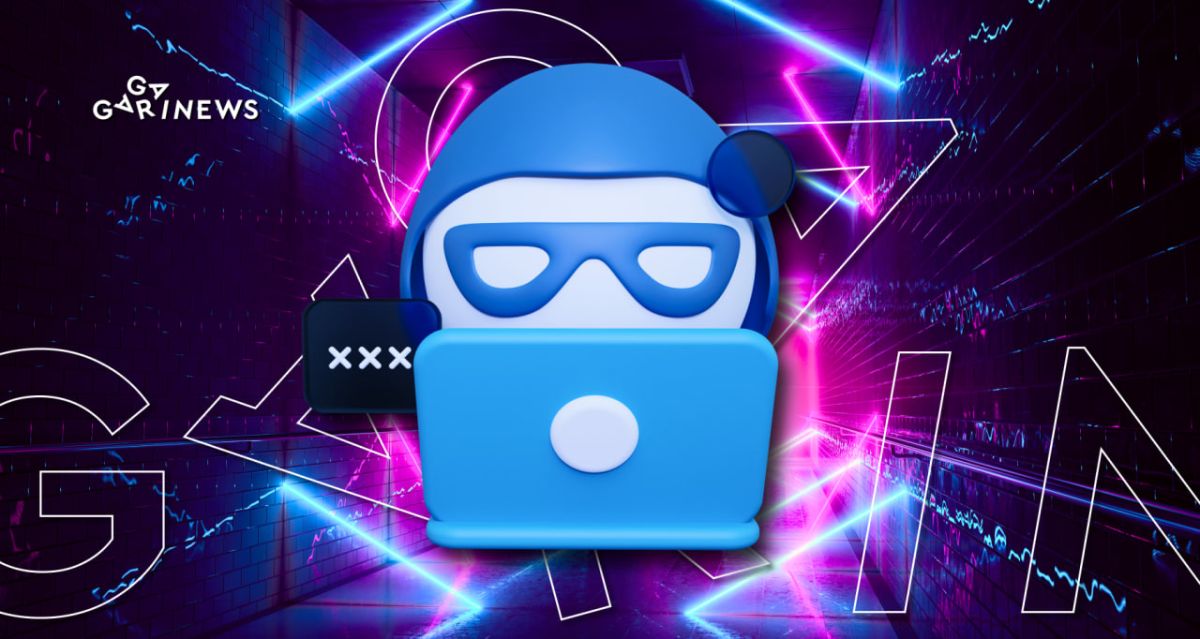How to spot a scam token?

Legitimate tokens are created primarily to ensure the long-term viability of blockchain projects. The primary indicator of a scam is the presence of get-rich-quick guarantees and untrue claims that the token was created with your benefit in mind.
On this page
The issue is that not all fraudulent projects choose such an obvious method of promotion. Many are skilled at disguising themselves as helpful and working to gain public trust. Only time and savvy users with advanced critical thinking and programming skills will be able to unmask them.
Simpler scam tokens are easy to spot; you just need to take a few simple steps and use the tools at your disposal to reveal their true nature.
Use token analysis tools
If the token you want to check is running on the Ethereum network, use the Etherscan service. Enter its name in the search box on the home page to begin the search. You will be able to discover the main holders' addresses, view completed transactions, and, most importantly, determine whether the token code is hidden.
If it hasn't been verified, you're probably dealing with a scam. Scammers typically avoid disclosing this information because it makes them easily identifiable.
Etherscan-like tools include:
- BscScan. An alternative tool for BNB network tokens.
- Smell Test. An automated auditing service for crypto. The lower the score, the more likely it is to be a scam.
- DEXtools. Real-time tracking of the crypto market. It will help evaluate the token by monitoring transactions.
Read user reviews
Do not disregard the warning if a lot of users on the network are speaking negatively about a specific token. Insufficient proof? Simply ask the user to argue their position; perhaps they will share the facts with you and explain why they came to this conclusion. You can use the Reddit forum, Twitter, and user comments on the project's social media networks to look for feedback.
See if there is any info about the token in explorers and exchanges
Scammers occasionally do not even care about listing the token because their scheme is so obvious. Do not invest in an asset if it is not listed on sites like CoinMarketCap or CoinGecko. However, the inclusion of a token's information in explorers does not ensure its security.
You can also check out the Dapp Radar platform's blacklist on GitHub. There are many addresses of tokens that have already been checked and blacklisted as a scam.
If an asset is only available on decentralized exchanges, this is also a reason to put off purchasing it.
Examine transactions and liquidity
Liquidity determines how easily and quickly a user can trade a token. Therefore, tokens with a high trading volume are considered the most liquid. This information is available on all exchanges and token explorers. The project might be a scam if the liquidity is meager and steadily decreasing.
In addition, there are other metrics to consider. Examine the volume and number of transactions, as well as wallets that interact with the token's smart contracts. If the indicators are low enough, it is best not to take the risk.
Finally, if you want to protect yourself from fraud, avoid newly launched projects. The analytics firm Solidus Labs claims that in 2022, over 117k scam tokens related to the Rug Pull scheme were launched on the crypto market.
More information on how to analyze cryptocurrency can be found here. Read the article titled “How to spot shitcoins?” to fully understand the subject.
The content on The Coinomist is for informational purposes only and should not be interpreted as financial advice. While we strive to provide accurate and up-to-date information, we do not guarantee the accuracy, completeness, or reliability of any content. Neither we accept liability for any errors or omissions in the information provided or for any financial losses incurred as a result of relying on this information. Actions based on this content are at your own risk. Always do your own research and consult a professional. See our Terms, Privacy Policy, and Disclaimers for more details.

























